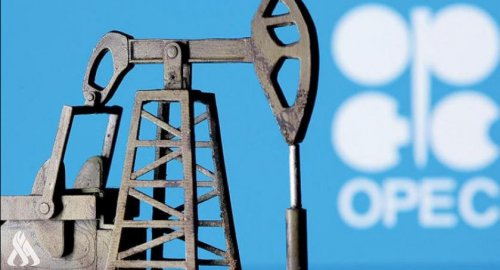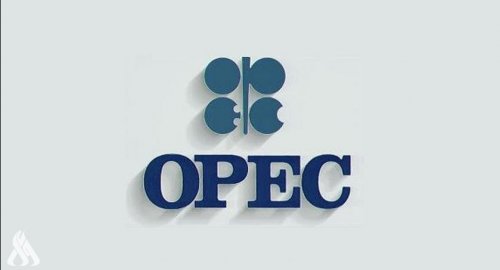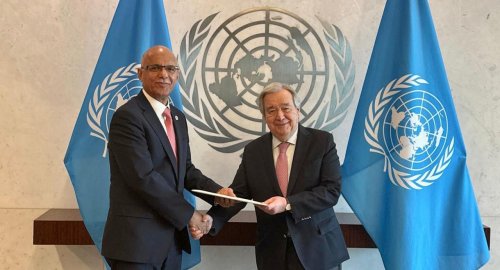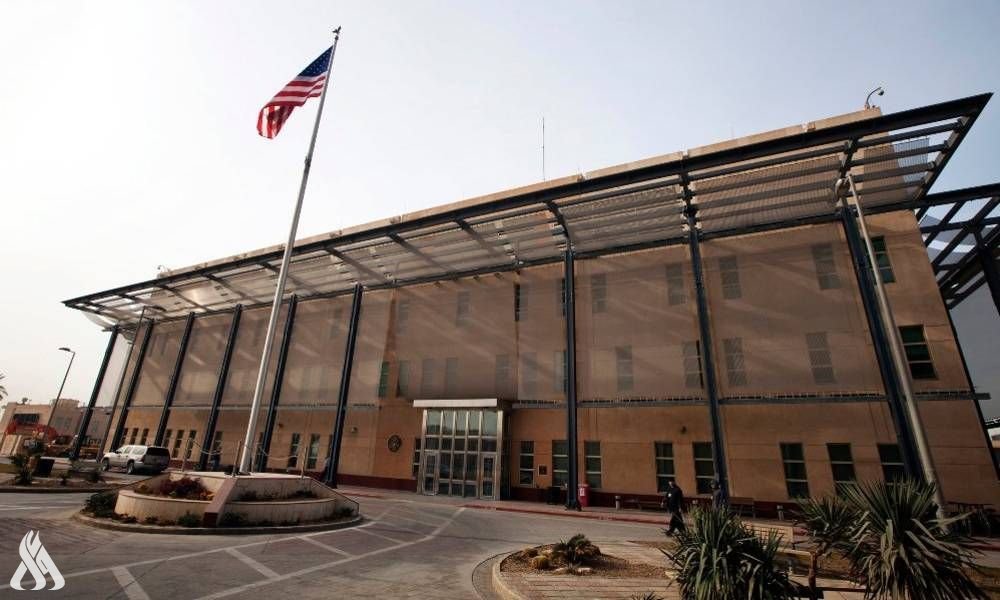
OPEC sticks to its forecast for oil demand in 2021 and 2022

- 12-08-2021, 19:10
Follow up -INA
On today Thursday, OPEC stuck to its forecasts for a strong recovery in global oil demand in 2021 and more growth next year, despite concerns about the spread of the mutated Delta strain of the Corona virus that are pressing prices.
The Organization of the Petroleum Exporting Countries (OPEC) said in its monthly report that it expects demand to rise 5.95 million barrels per day this year, or 6.6 percent, unchanged from its forecast last month.
"The global economy continues to recover...but there are still many challenges which could easily dampen the momentum, in particular, developments related to COVID-19 will need to be closely monitored," OPEC said in the report.
Opec's confidence that demand will ignore the latest setbacks from the pandemic contrasts with the position of the International Energy Agency, which trimmed its forecasts on Thursday.
OPEC also stated that in 2022, fuel use will increase by 3.28 million barrels per day, also unchanged from expectations issued last month.
Oil is trading above $71 a barrel after the report was released, and prices rose to pre-pandemic heights above $77 this year, supported by hopes of economic recovery and OPEC + supply cuts, but there are pressures stemming from concerns about the delta strain.
OPEC raised its forecast for global economic growth in 2021 to 5.6 percent from 5.5 percent, assuming that the impact of the pandemic would be contained, but warned of "great uncertainty". The forecast for 2022 was similarly raised to 4.2 percent.
"The course of the COVID-19 pandemic will be the main factor influencing the pace of recovery in the near term, with the risk in particular being the possibility of new strains and/or mutations of COVID-19," OPEC said.
OPEC and its allies, within the framework of the OPEC + group, are gradually easing record oil production cuts that began last year, when the pandemic devastated demand, and agreed in July to gradually increase production by 400,000 barrels per day per month, starting in August.
US Embassy: Trade Mission of 60 Companies Visits Iraq
- politics
- 25/04/07












